Names: Gower, Karla K., author.
Title: Betsy Ann Plank : the making of a public relations icon / Karla K. Gower.
Description: Columbia, Missouri : University of Missouri Press, [2022] | Includes bibliographical references and index.
Identifiers: LCCN 2021048477 (print) | LCCN 2021048478 (ebook) | ISBN 9780826222596 (hardcover) | ISBN 9780826274731 (ebook)
Subjects: LCSH: Plank, Betsy Ann. | Businesswomen--Biography. | Leadership in women.
Classification: LCC HD6053 .G68 2022 (print) | LCC HD6053 (ebook) | DDC 650.1092 [B]--dc23/eng/20220105
PREFACE
IN THE SPRING of 2000, Betsy Ann Plank was invited to visit the College of Communication and Information Sciences at the University of Alabama as the Elmo I. Ellis Visiting Professional-In-Residence. Betsy was a 1944 alumna of the University but had not been back to her alma mater since her graduation. She was also well known as the First Lady of public relations, having numerous firsts to her credit. She was, in a word, famous, at least in public relations circles. And to this then-fledgling assistant professor, intimidating.
I knew Betsy had requested bios and resumes in advance from all the public relations faculty, and that was the problem. My background was law, not public relations. I was convinced she would not be happy with my hire. Regardless, I agreed to meet with her the afternoon of the day of her arrival. Once I got into my office that morning, I decided to check my mail. As I turned the corner to go down the long hallway to the mail office, I saw the Colleges development officer in the distance walking with a short, older lady. I knew immediately it was Betsy. My first reaction was to turn around and flee, hoping they hadnt seen me. But I steeled myself and continued. I was going to meet her eventually anyway. May as well get it over with, I thought. As I approached them, I put out my hand and said, Betsy, Im Karla Gower. She took my hand in both of hers and said, Of course, you are, my dear. She immediately put me at ease and that was the essence of Betsy.
I refer to her here as Betsy, although I use Plank in the book, because thats what everyone called her, executives and students alike. She had this innate ability to make you feel like you were the only one who mattered at the moment. Although the number of people who knew or met her are dwindling, her memory continues to live on in students. She resonates with them. Perhaps, it is because she is just Betsy, which makes her approachable. Or because her words of wisdom remain relatable: Be an eternalstudent; say yes to every opportunity; and importantly for a woman even today, if you are going to marry, marry a saint.
I had the good fortune to work with Betsy in my position as director of the Plank Center for Leadership in Public Relations at The University of Alabama from 2007 until her death in 2010. She taught me a great deal about public relations but also about managing people and relationships. If you were lucky enough to be questioned by her about a topic she was interested in, she would designate you a co-conspirator. For example, in her last year, she was particularly concerned about the low numbers of male students who were going into public relations. She wanted to know what I thought. Why were they picking business over public relations? What could we (as co-conspirators) do to solve the problem? Betsy read broadly and thought deeply about her chosen profession, always seeking to make the practice better.
Betsy has much to teach us all about how to live our lives. She was passionate about her work and lived her life with love and laughter. She listened to people and treated everyone with respect and dignity, expressing empathy and giving hope to all. Betsy was not perfect by any means. None of us are. She and I had moments when we clashed. Fortunately, neither of us took those moments personally. She had strong opinions about things and high expectations that could lead to angry outbursts. But she respected people who stood their ground.
The Plank Center with its focus on leadership and mentorship is her tangible legacy to public relations. But Betsys gift to us all goes beyond that. Her story, including her contributions to public relations, needs to be told. When she died in 2010, she left her estate, including her papers and personal artifacts, to the University for the Center. Those materials form the basis of this biography. Thankfully, Betsys mother, Bettye, passed a love of history on to her daughter. Bettye saved letters, photos, and other documents that were passed down to Betsy, who in turn kept up the practice, keeping not just what her mother saved but adding her own papers, letters, and speeches to the collection. Woven together, the various pieces in the collection provide rich details of Betsys life.
Newspaper and journal articles supplemented Betsys files, as did materials in other archives. Yevgeniya Gribov, archivist for the Girl Scout National Historic Preservation Center in New York, graciously searched the archives for references to Betsy and sent me copies of what she found.The librarians at the Chicago History Museum kindly gave me access to their Welfare Public Relations Forum collection. Not all the details from those documents made their way into this biography, but they enriched my understanding of her.
I, of course, have many people to thank for their support and help during the writing of this biography. My advertising and public relations family have been there for me for more than twenty years. They are why Ive stayed at the University. I want to especially thank Dr. Bruce Berger, who was hired at Alabama the same year I was and who was the first director of the Plank Center. He has mentored and supported me throughout my career at Alabama and offered wise counsel when I needed it. He graciously read the manuscript for this book more than once. Jessika White, the first Communication Specialist hired by the Plank Center and a good friend, never knew Betsy but came to feel as though she did through her position with the Center. She too read an early version of this book and provided feedback. The members of the Plank Center Board have always supported and encouraged me, and for that I will always be grateful. Not all of them knew Betsy, but they all embody her spirit and passion for leadership and the profession.
I also want to thank Mary Conley, associate acquisitions editor, and Andrew Davidson, editor in chief of the University of Missouri Press, for believing in the project from the beginning. Mary, who was a joy to work with, read each version with the detailed eye of an editor, always giving constructive feedback, as did the two anonymous reviewers. Dr. Susan Curtis, professor emerita of history and American studies at Purdue University, deserves a special thank you for her insights and suggestions and her tremendous copyediting skills. It was a pleasure working with her. The final product is better by far for all their efforts.

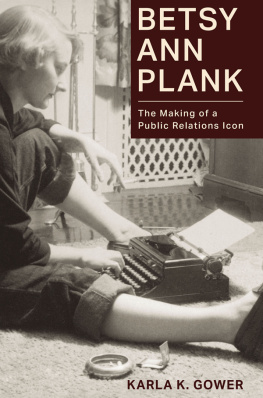

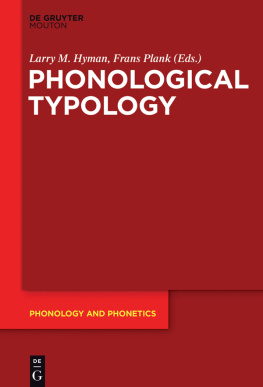
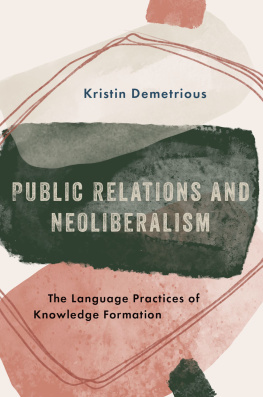
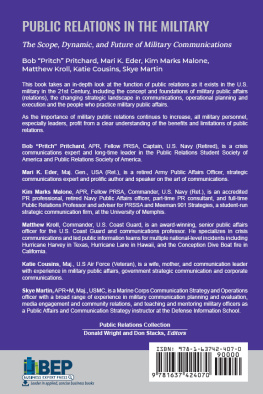
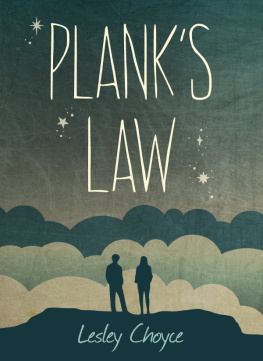
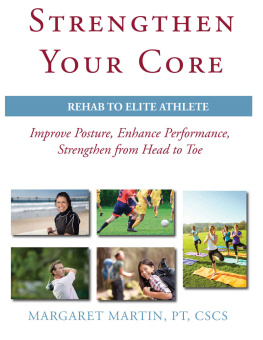


 This paper meets the requirements of the American National Standard for Permanence of Paper for Printed Library Materials, Z39.48, 1984.
This paper meets the requirements of the American National Standard for Permanence of Paper for Printed Library Materials, Z39.48, 1984.